
You will have your critics. What will you do about them?
Last week, we discussed our external critics—friends, family, fellow writers, perhaps agents and publishers—and identified five ways to deal with them. This week, the subject is our harshest critic—ourselves. There are so many opportunities for our inner critic to show up, sometimes appearing so regularly and automatically that it can exist almost unnoticed. The inner critic in a writer might show up in dozens of ways, including:
- “I am just a terrible writer.”
- “I never learned good grammar in school, so I’ll never be able to tell a good story.” [I hear this one from writers out loud…a lot!]
- “I can’t even finish this scene, so there’s no way I’ll ever finish a book.”
- And the simple, but pervasive “I am not good enough.”
Sly, insidious, and sometimes just downright mean. . . .
Without our conscious awareness, self-criticism gnaws away at us and becomes as natural as breathing. The good news is that if our inner critics are so sneaky as to be “invisible” to our conscious thought, therein lies the antidote!
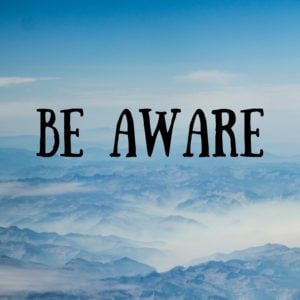 Awareness provides the most effective strategy for managing self-critical thinking.
Awareness provides the most effective strategy for managing self-critical thinking.
Being aware is the first of four steps defined by Dr. Lisa Firestone, the author of Conquer Your Inner Critical Voice. Overcoming your inner critic begins with awareness and acknowledgment of the inner critic. Hear its voice; identify what it is saying to you. Consciously acknowledge that this message is separate from your actual point of view and not a reflection of reality.
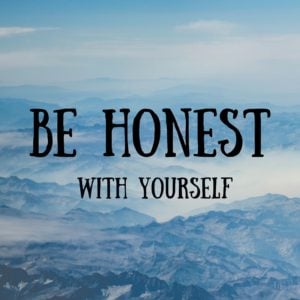 The second step gives us a way to differentiate our inner critical voice from our truth.
The second step gives us a way to differentiate our inner critical voice from our truth.
Write your thoughts down in the second person (using “you” statements). For example, “I’ll never be able to tell a good story” becomes: “You will never be able to tell a good story.” Looking at your statements this way can help you see that this is a separate, alien point-of-view, not a true statement, not your truth. Note whether there is hostility in this voice.
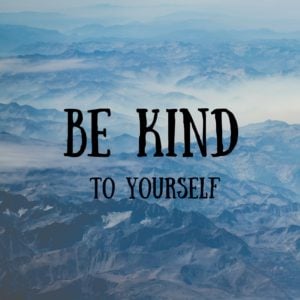 Next, respond to your inner critic by writing something compassionate and more realistic about yourself.
Next, respond to your inner critic by writing something compassionate and more realistic about yourself.
Use the first person (“I”). In response to the statement above, “You will never be able to tell a good story,” you might write, “I am smart and competent and am doing everything I can to learn my craft.” These statements are not meant to be ego-boosters, but rather to recognize ways to have a kinder and more honest attitude toward yourself.
The final step is a reminder not to act on your inner critic’s directives.
Rather, take steps that put you in the direction toward your authentic self. Aim for what you want to be and take actions that support that. Likely, your inner critic will scream louder, attempting to dismiss and invalidate the higher you. Remember, our critical voices are there to keep us safe and out of harm’s way, but safety can keep us from living our dreams. We must defy those voices if we are to move forward.
I assure you that this process will not be easy at first. In fact, it is likely to feel pretty darn awkward.
It is important to remember not to shame yourself when you have negative thoughts, and with practice, the ability to acknowledge your thoughts and to replace negative ones with ones that uplift and support you will come more naturally.
This creativity tip is inspired by The 97 Best Creativity Tips Ever! by Dr. Eric Maisel (2011), and is used with his permission.
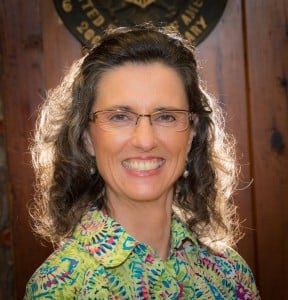 Gina Hogan Edwards is an Editor and Creativity Coach, and the founder of Around the Writer’s Table. She supports aspiring and experienced authors who want a writing life on their own terms, whether their words are put on the page for self-fulfillment or to share with readers.
Gina Hogan Edwards is an Editor and Creativity Coach, and the founder of Around the Writer’s Table. She supports aspiring and experienced authors who want a writing life on their own terms, whether their words are put on the page for self-fulfillment or to share with readers.

Gina Edwards is a retreat leader, a certified creativity coach, and a book editor. She is also a writer, so she’s intimately familiar with the challenges and elation that come with being one.
She supports all writers—published and aspiring—who want to write as an act of courageous and necessary self-expression.
Walking the writer’s path hand-in-hand with her clients and students, she helps them establish a writing practice and define a creative life on their own terms.

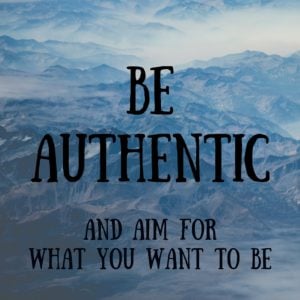
Great reminder.